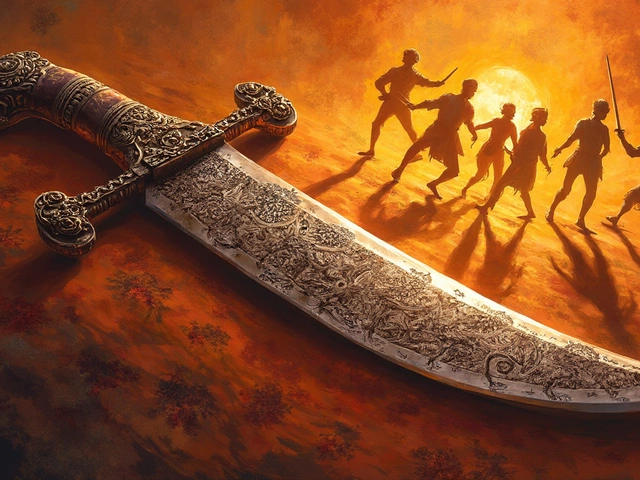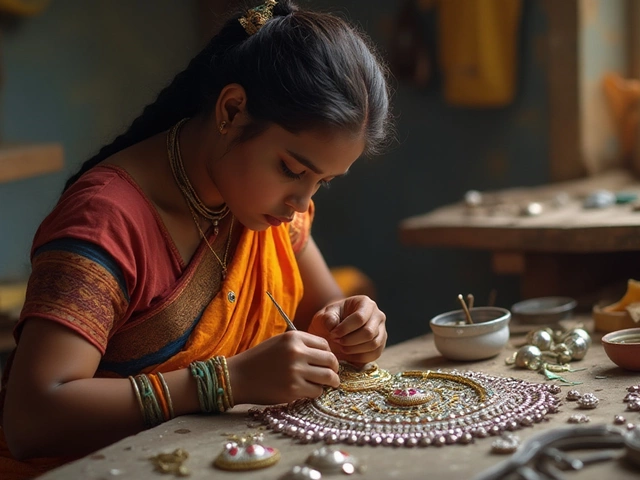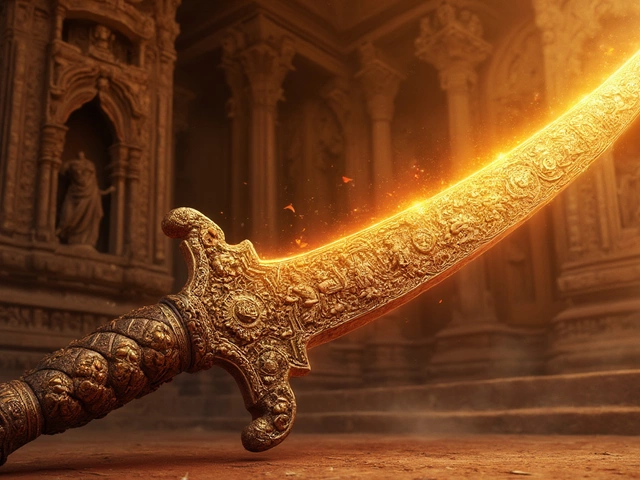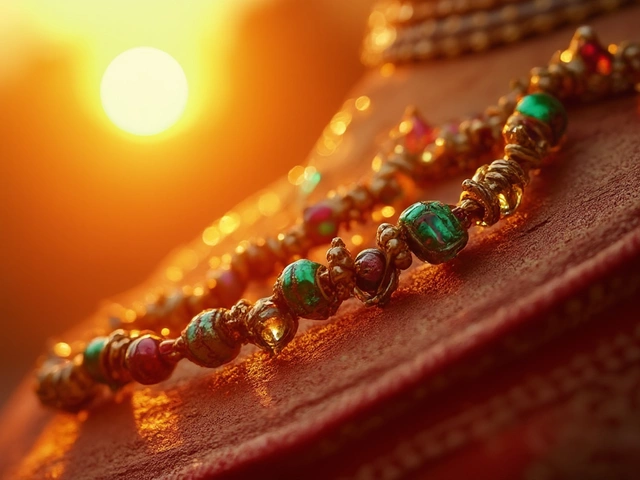Religious Traditions in Indian Jewellery: Symbolism, Customs & Smart Buying Tips
Indian jewellery isn’t just about sparkle – it’s a living link to faith, family and festivals. From the mangalsutra that seals a marriage to black beads in a mangalsutra that ward off evil, each piece carries a story. If you’re curious about why a certain charm matters or how to pick a piece without stepping on cultural toes, you’re in the right place.
Jewellery and Faith: Common Symbols
Most people recognize the nose stud as a classic Indian looks, but its roots run deep into Hindu and Muslim traditions. In Hindu culture, the left nostril is often pierced to balance the female’s internal energy and to honor the goddess Parvati. Muslims also wear nose rings as a sign of beauty and modesty, following prophetic traditions. Either way, the tiny stud can signal everything from marital status to regional identity.
Another powerful symbol is the mangalsutra. While many think of it simply as a gold necklace, its black beads have a purpose – they’re believed to protect the couple from the evil eye. The choice of gold, silver or even diamond pendants reflects the family’s wealth, but the underlying belief stays the same: a tiny piece of metal can keep the marriage strong.
Black bangles, often seen with vibrant wedding outfits, serve a similar protective role. They’re not just fashion; they’re meant to absorb negative energy. Even the color of a wedding sari can indicate a family’s devotion – red for prosperity, white for purity in certain regions.
Christian influences appear too. Some wonder if the Bible mentions the mangalsutra. While the scripture doesn’t name the piece, it talks about rings as symbols of covenant. That’s why a simple gold band can feel appropriate for a Christian bride who wants to honor both faiths.
How to Respect Traditions When Buying
First, do a quick check on the hallmark. A stamp like “875” means 21‑carat gold, which is pure enough for most religious pieces. Knowing the purity helps you avoid cheap imitations that can disrespect the tradition.
Second, ask the seller about the provenance. If a piece is marketed as “traditional,” find out if it actually comes from a recognized artisan community. Authenticity adds both value and cultural respect.
Third, consider the occasion. A black bead mangalsutra might be perfect for a wedding but feels out‑of‑place for a daily office look. Match the weight and design to the event you’re attending – lighter designs for daily wear, heavier, more ornate pieces for festivals.
Lastly, listen to the wearer’s comfort. Some families still follow the rule of never sleeping with bangles on because it can damage the wrists. If you’re gifting a set, include a note about traditional care tips – it shows you value the ritual as much as the sparkle.
In short, Indian jewellery is a tapestry of faith, protection and identity. By understanding the symbols, checking hallmarks, and respecting the customs, you can choose pieces that look great and honor the traditions they represent.
Red String Meaning: Why Indians Wear It on Their Wrist
The red string tied on the wrist is more than just a piece of thread for Indians—it's loaded with meaning and tradition. This article explores the cultural and religious reasons behind the practice, its connection with traditional bangles, and tips on when and how to wear it. Get ready to discover some surprising facts that even lifelong wearers might not know. If you’ve ever wondered why some Indians never leave home without that red thread, you’ll find real answers here.





